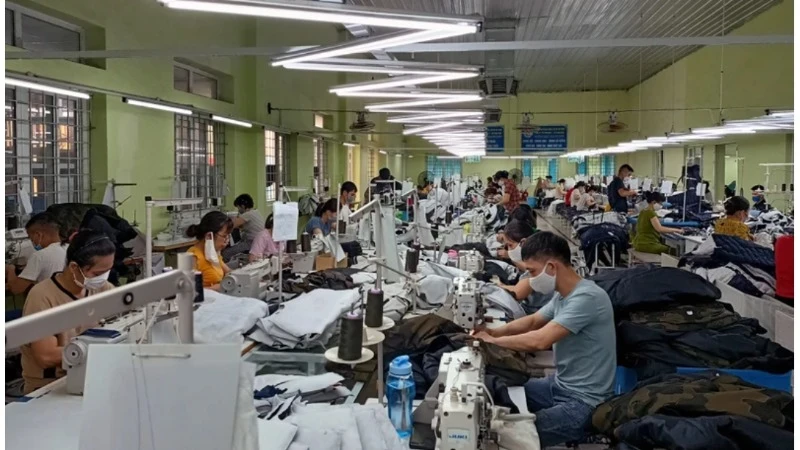
Besides, businesses need to proactively implement solutions to respond to market fluctuations, minimizing possible risks.
Imposing a 10% reciprocal tax will reduce consumer demand in the US and increase inventories. However, to ensure efficiency, Enterprises and units have accelerated production and delivery progress. At the same time, they have focused on negotiating with customers in the spirit of sharing and friendship, seeking export markets as well as new sources of raw materials, optimizing management, production and business. It can be seen that this is a special period, with unpredictable developments in tariffs negatively affecting the business performance of enterprises.
However, market fluctuations and high tax rates are not new to Vietnam's textile industry, as in the past, this industry has experienced many storms but still firmly overcame them, affirming its position as the second largest exporter in the world . Since the Covid-19 pandemic, Vietnam textile industry continuously maintain a good growth rate, with export turnover reaching 40.3 billion USD in 2023 and increasing to 44 billion USD in 2024. The industry has made a breakthrough in terms of markets and products when there are 36 items and products of all kinds exported to 104 markets of countries and territories. In particular, key export markets such as the US reached 16.7 billion USD; accounting for 38% of the total export turnover of the industry. Next is the Japanese market reaching 4.57 billion USD; EU 4.3 billion USD; Korea 3.93 billion USD... According to forecasts, the total demand for textiles and garments in the world will reach 850 billion USD in 2025, an increase of about 9% compared to 2024, which is an opportunity for businesses to expand markets, accelerate the export of goods to soon complete the set goals.
Textile and garment enterprises currently have orders until the end of June. Some have orders until September, even until the end of the year. However, unit prices are still low, many orders have decreased by 35-50% compared to the time before the Covid-19 pandemic. Faced with unpredictable market fluctuations, order requirements tend to be smaller and smaller, requiring high technology, short production time, fast delivery, etc., enterprises need to proactively use resources as well as constantly improve the skills of workers, focus on management, and diversify product designs to meet the requirements of partners and customers. At the same time, develop and expand new, potential markets such as China, ASEAN, Russia, Eastern Europe, the Middle East, South America, etc. to increase value as well as avoid dependence on traditional markets.
In addition to the efforts of enterprises in improving production capacity, investing in green technology innovation; it is also necessary to establish associations and fashion centers to create an environment for creative designers to develop models to meet the increasing demands of the market. State agencies support enterprises in accessing potential customers, diversifying and expanding markets with much room as well as supporting enterprises in exploiting information, import-export policies, payments, etc. to limit risks and reduce dependence on traditional markets. The State researches and invests in industrial zones and clusters to form a chain from raw material production to final products; there are support policies and mechanisms in finance, taxes, fees, land, etc. to promote stable and sustainable development of the industry.
Source: https://baoquangninh.vn/han-che-rui-ro-trong-xuat-khau-det-may-3357910.html


![[Photo] Hungarian President begins official visit to Vietnam](https://vphoto.vietnam.vn/thumb/1200x675/vietnam/resource/IMAGE/2025/5/27/ab75a654c6934572a4f1a566ac63ce82)


![[Photo] Hungarian President and his wife take a walk and enjoy the view of Hoan Kiem Lake](https://vphoto.vietnam.vn/thumb/1200x675/vietnam/resource/IMAGE/2025/5/28/b9c83fbe6d5849a4805f986af8d33f39)

![[Photo] President Luong Cuong holds talks with Hungarian President Sulyok Tamás](https://vphoto.vietnam.vn/thumb/1200x675/vietnam/resource/IMAGE/2025/5/28/0f603676be6444aa9f52d4bd32582b4d)




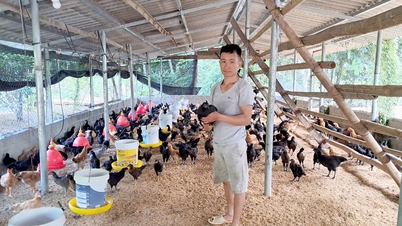


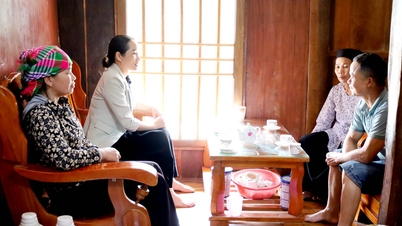
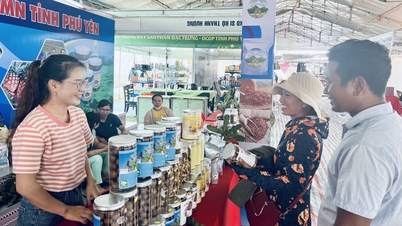






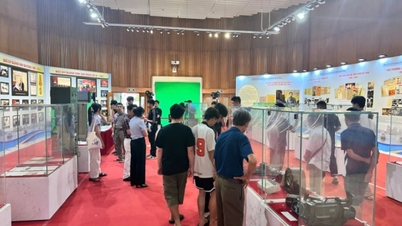

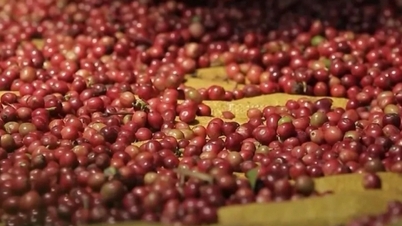
























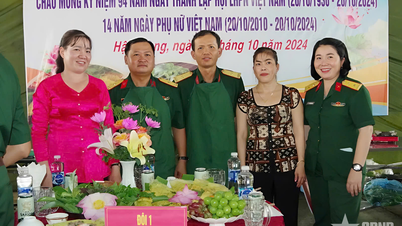

![[Case Study] VIMC – 30-year journey of overcoming waves and reaching far](https://vphoto.vietnam.vn/thumb/402x226/vietnam/resource/IMAGE/2025/5/28/ac45a93a62884eec85471e6c89ef521a)




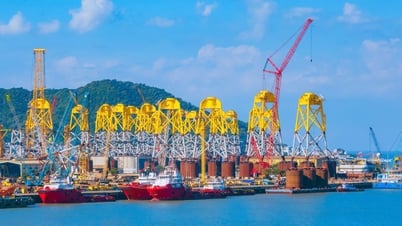






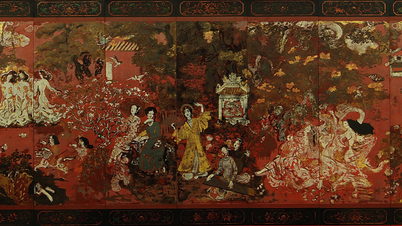





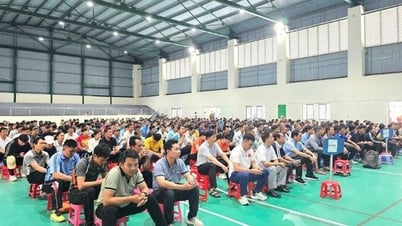
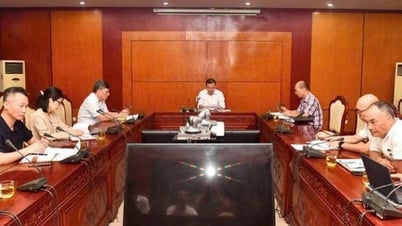






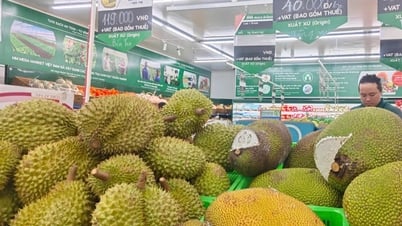
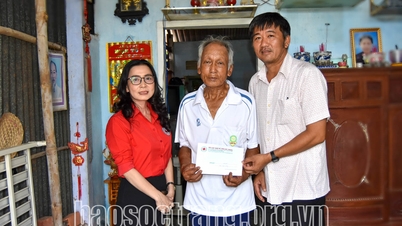

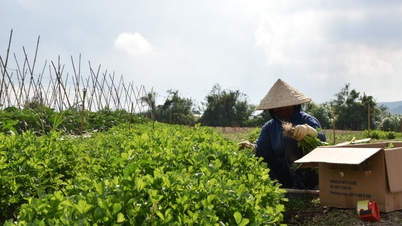

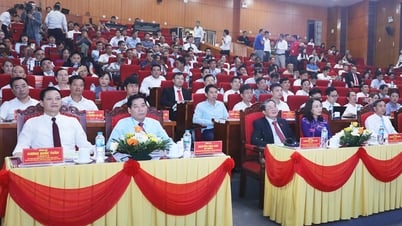



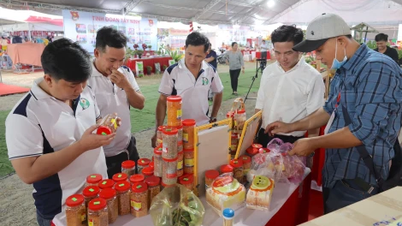

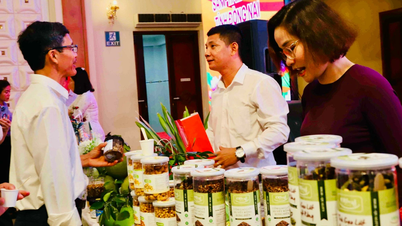
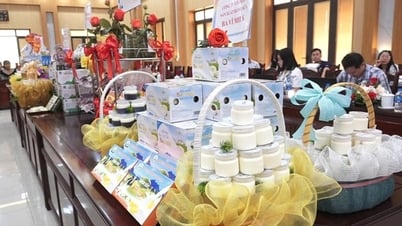



Comment (0)